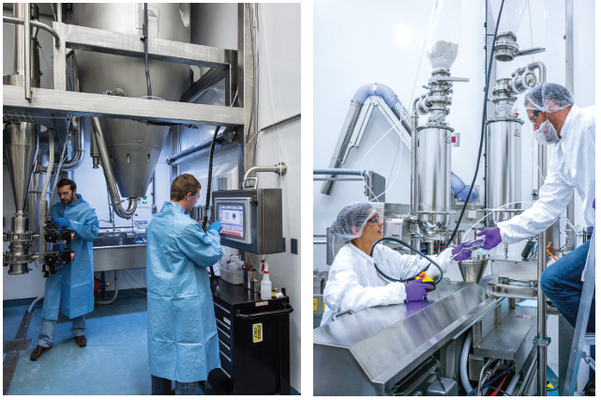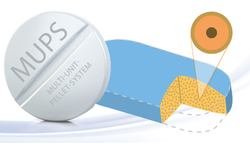Increasing the bioavailability of oncology drugs with amorphous solid dosage formulations
Developing oral formulations for oncology drugs poses challenges, particularly due to their pH-dependent solubility. This is especially critical for tyrosine kinase inhibitors (TKIs), which face inconsistent bioavailability affected by factors such as food intake and acid-reducing agents. TKIs often exhibit high solubility at low gastric pH but diminished absorption at higher pH levels, impacting therapeutic effectiveness.
Amorphous solid dispersions (ASDs) offer a promising solution. Unlike crystalline forms, the amorphous structure provides greater solubility due to its irregular molecular arrangement. Stabilizing these amorphous forms within a polymer matrix enhances their stability and bioavailability across varying pH conditions. Techniques like hot melt extrusion (HME) and spray-drying are used to produce these formulations, with each method presenting unique benefits and challenges.
A study led by Deanna Mudie at Lonza highlighted the efficacy of ASDs. For instance, ASD formulations of acalabrutinib maintained consistent drug absorption even at elevated gastric pH, unlike traditional crystalline forms. Such advancements can improve patient outcomes by ensuring more reliable drug absorption and simplifying dosing regimens.
For further details, refer to the whitepaper by Mudie and colleagues at Lonza, published by the American Chemical Society.

Comments
No comments posted yet.
















